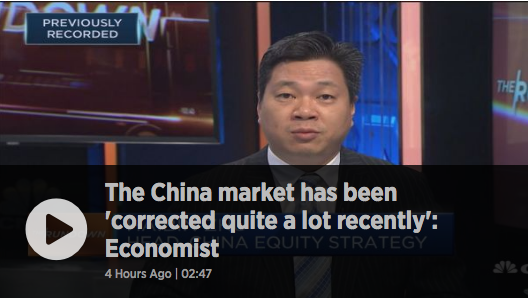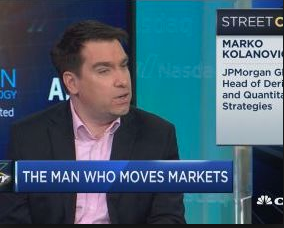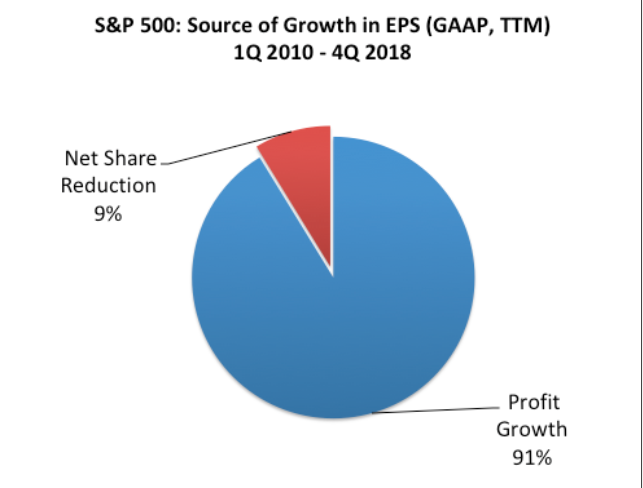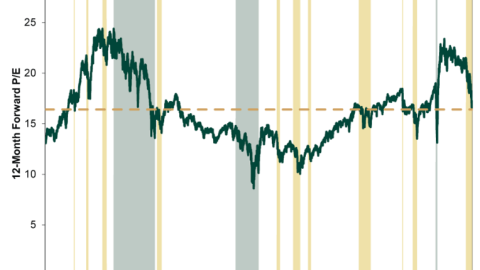Can U.S. equities stay on track with a 4th consecutive day of gains and after a severe correction? While the magnitude of the correction was an average 12% for the Dow Industrial Average and S&P 500, how quickly it achieved correction territory and with such extreme volatility found itself with great fear in the market place. At the heart of the correction lay reflationary concerns and some of those concerns may be addressed with the release of CPI data.
CPI headline inflation was below economists’ expectations in eight of the last 10 monthly reports. Economists expect headline inflation to come in at 0.3%, or 1.9% year over year. MarketWatch forecasts the headline number to come in at .4 percent. Economists are expecting January core inflation, excluding food and energy, at 0.2% or 1.7% year over year.
While the CPI data hardly ever achieves the recent focus that is being paid to the data, it may go a long way to validating a clear path for equities and the Fed. If the CPI data proves to come inline or even below expectations, equities are likely to maintain the present course. Should the number come in hotter than expected, bond yields may catch a bid higher and pressure equities, as some may feel the Fed will have to raise rates more than the expected 3 times in 2018.
In truth, the Fed doesn’t utilize the CPI report to target inflation, but enough market participants believe it does.
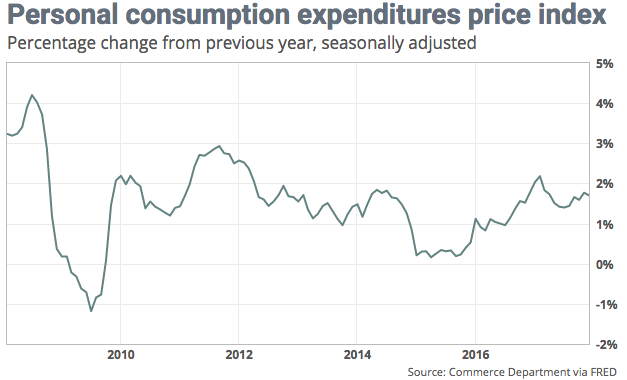
The rate of inflation, using the Fed’s preferred PCE index, rose to 1.7% last year from 1.2% in 2015 and just 0.3% in 2014. The U.S. economy is stronger, wages are rising, labor shortages are worsening and “now you have all the fiscal juice,” said senior economist Sal Guatieri of BMO Capital Markets, referring to recent tax cuts and increases in government spending. Putting it all together, inflation should increase in 2018.
With the focus on the CPI report, investors should also pay close attention to the monthly retail sales report. January retail sales, are scheduled to be released at 8:30 a.m. Eastern, with a 0.2% growth expectation. Retail sales have proven strong in the November through December 2017 periods and investors will appreciate seeing that strength continue into January 2018.
Another looming concern for equities centers of consumer or household debt that seems ever growing through this economic cycle. Total household debt rose by $193 billion to an all-time high of $13.15 trillion at year-end 2017 from the previous quarter, according to the Federal Reserve Bank of New York’s Center for Microeconomic Data report released Tuesday. Mortgage debt balances rose the most in the December quarter rising by $139 billion to $8.88 trillion from the previous quarter. Credit card debt had the second largest increase of $26 billion to a total of $834 billion. The report said it was fifth consecutive year of annual household debt growth with increases in the mortgage, student, auto and credit card categories.
While debt is soaring to record levels and reflation is seemingly at-hand, corporate earnings are continuing to grow at a healthy clip. For the Q4 2017 period, Reuters recently revised their outlook for the quarter, higher by one tenth of a percent from 14.7% to 14.8 percent.
S&P 500 Aggregate Estimates and Revisions
- Fourth quarter earnings are expected to increase 14.8% from Q4 2016. Excluding the energy sector, the earnings growth estimate declines to 12.8 percent.
- Of the 349 companies in the S&P 500 that have reported earnings to date for Q4 2017, 77.7% have reported earnings above analyst expectations. This is above the long-term average of 64% and in-line with the prior four-quarter average of 72 percent.
- The Q4 2017 blended revenue growth estimate is 8.0%. Excluding the energy sector, the revenue growth estimate declines to 6.9 percent.
- 0% of companies have reported Q4 2017 revenue above analyst expectations. This is above the long-term average of 60% and above the prior four-quarter average of 63 percent.
With the recent market rally off the possible bottom only achieved a few short trading days ago, the VIX has also relaxed from a high just above 50 to now under 25. While the VIX collapse has been met with consternation and come in the wake of great scrutiny over the totality of the CBOE’s VIX complex of derivatives, there have been many who have lost money betting against volatility and few that have gained. In a recent interview with CNBC Credit Suisse’s CEO Tidjane Thiam offered the following concerning their VelocityShares Daily Inverse VIX Short-Term ETN (XIV).
“It is a legitimate market instrument that serves a purpose, is very useful for market participants to manage their risk,” he said. “And yes it has had a lot of attention because this kind of short volatility, long S&P trade was run by a lot of people, at their own risk, and it worked well for a long time until it didn’t. Which is generally what happens in markets.”
But while some lost money with certain of these volatility ETNs and ETFs others were found with strong gains during the VIX event. The “50 Cent” trader found himself in the black as the VIX spiked more than 115% in a single day.

According to Macro Risk Advisors, the VIX trade made profit of close to $400 million for ‘50 Cent’, moving it from a $197 million loss position to a $183 million profit in a matter of weeks. ‘50 Cent’ was identified as Ruffer LLP, a London-based asset manager run by Jonathan Ruffer, last year by the FT, citing sources at four banks that were familiar with the trades.
Marc Cuban, the famed tech investor and owner of the Dallas Mavericks took advantage of the spike in the VIX recently by shorting it while there was blood in the streets. In a CNBC, on-air interview the colorful billionaire offered the following:
“I took a couple occasions to jump in. There was blood in the street with the VIX, and everybody got leveled out of short the VIX,” said Cuban.
All eyes ahead and focused on the economic data reports due out today with volatility presently tampered. Yesterday, finomgroup.com offered it’s thoughts from David Moadel and Seth Golden in our Half-Time Show. Within the show we also discuss some of the retail names we like on this market pullback!!
Tags: SPX QQQ VIX SPY DJIA IWM QQQ





